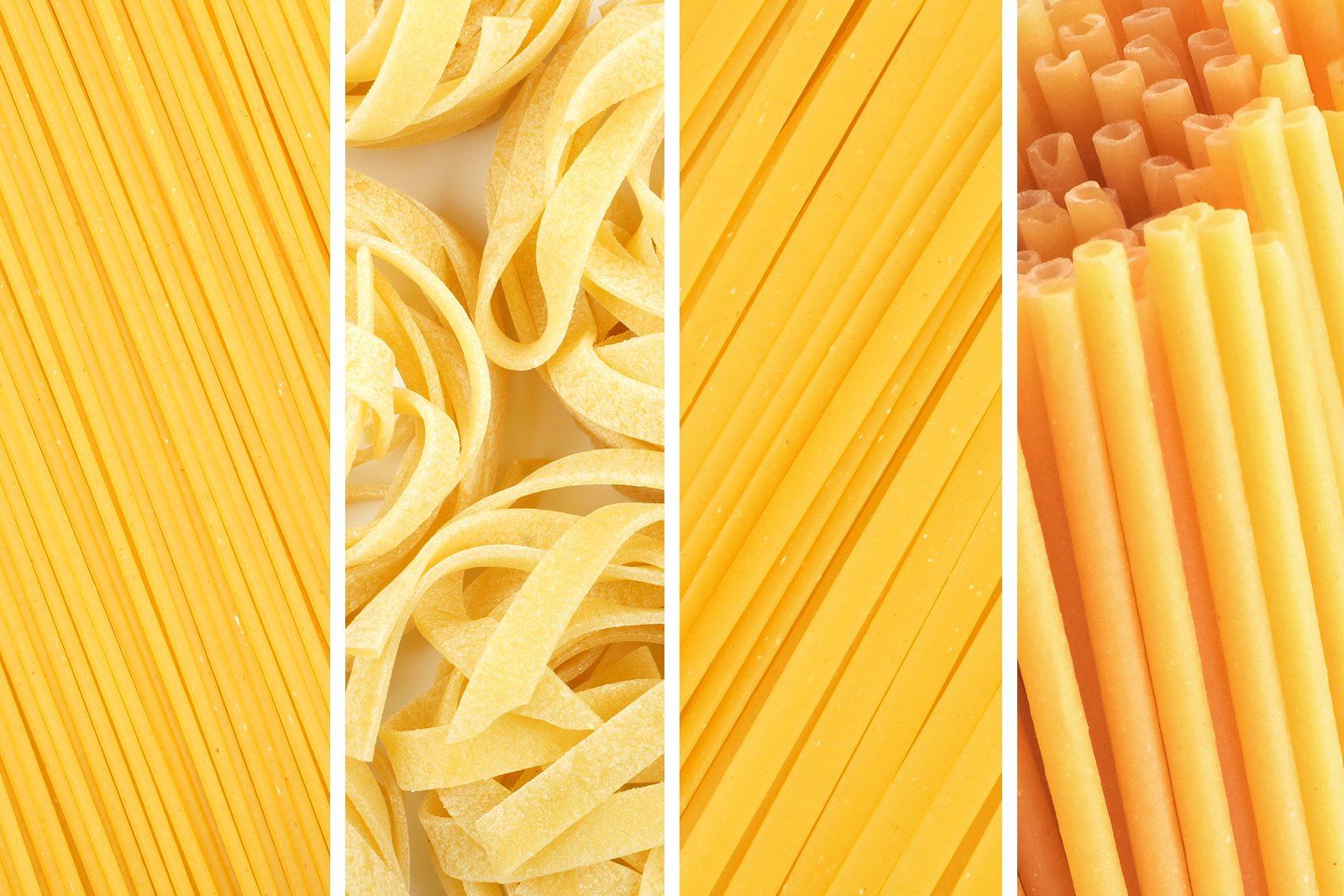Linguine vs Fettuccine: A Delicious Exploration of Italian Pasta
– Linguine and fettuccine are two types of pasta that have differences in shape, ingredients, density, and flavor intensity.
– The shape of pasta can make a difference in the overall taste and authenticity of a dish.
– Using the right pasta with the right sauce is important to foodies and Italians.
– Knowing the differences between linguine and fettuccine can help in creating an authentic and delicious pasta dish.
– Linguine noodles have a distinctive elliptical shape, similar to spaghetti but thicker.
– The word “linguine” in Italian means “Little Tongues” and it originated in the Liguria region of Italy.
– Fettuccine is longer and thicker than linguine, with a flat, ribbon-like shape.
– The word “fettuccine” in Italian means “Little Ribbons” and it is commonly found in Rome and Tuscany.
– Fettuccine alfredo is a famous dish made with fettuccine.
– Linguine can be substituted for fettuccine or any other ribbon pasta in most dishes.
– Linguine is lighter and thinner than fettuccine.
– Linguine is often cooked in lighter sauces, while fettuccine can handle heavier sauces.
– Linguine noodles are often coated in light oils and cooked with light green vegetables.
– Fettuccine is often cooked with creamy sauces, with lots of cheese and heavy cream.
– Linguine originates from Genoa and is often paired with light pesto sauces. It is also used in seafood linguine dishes.
– Fettuccine is known for the alfredo style of cooking, but it is also used in carbonara and bolognese dishes.
– There is no clear winner between linguine and fettuccine, as it depends on the dish being cooked.
– Traditional pasta chefs recommend cooking fettuccine alfredo style and serving linguine with pesto or seafood.
– It is possible to make both styles of pasta at home using a pasta maker.
